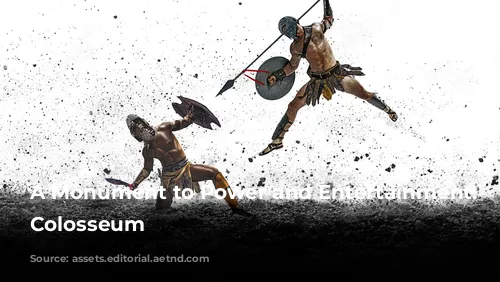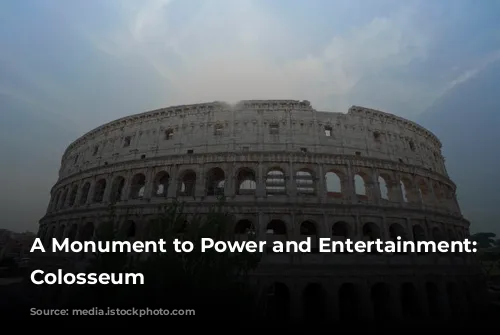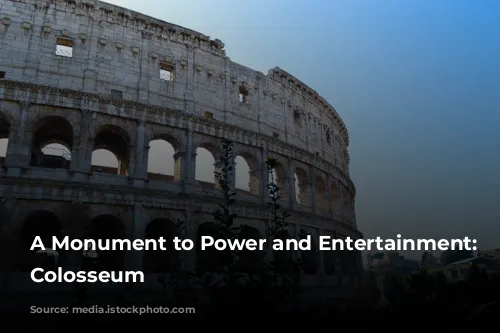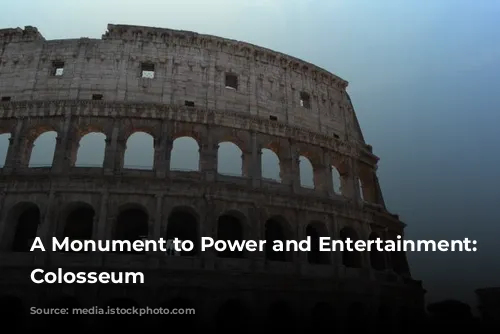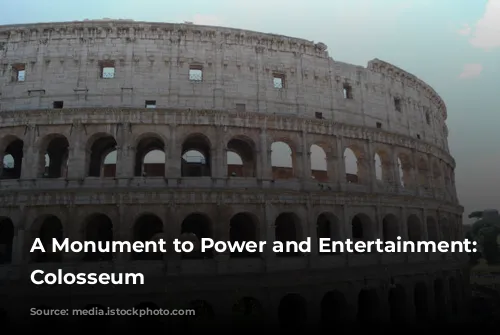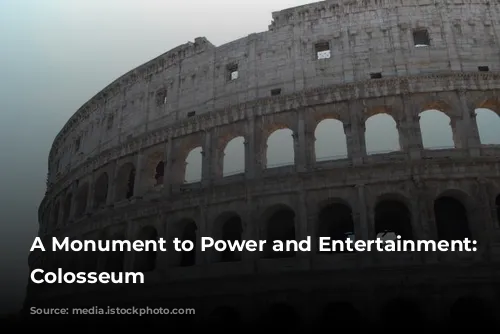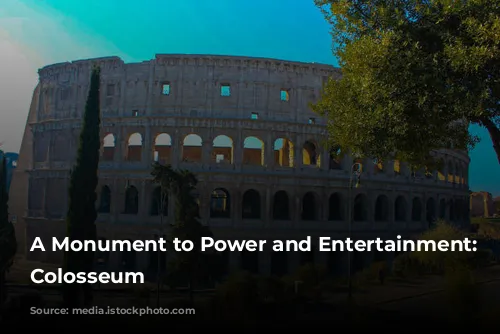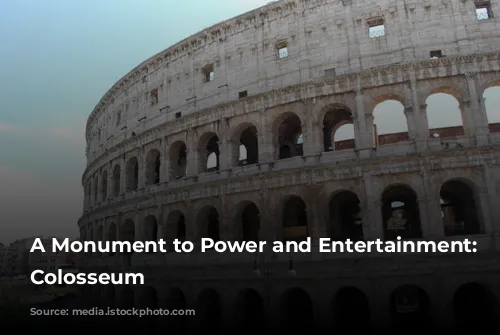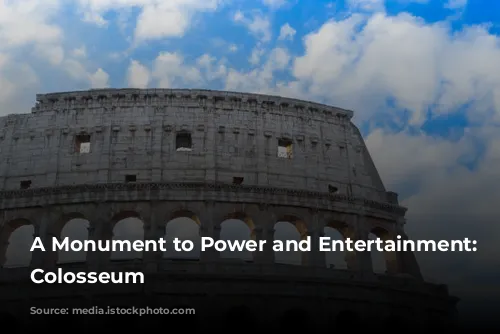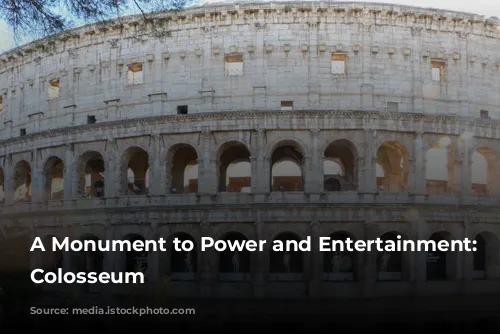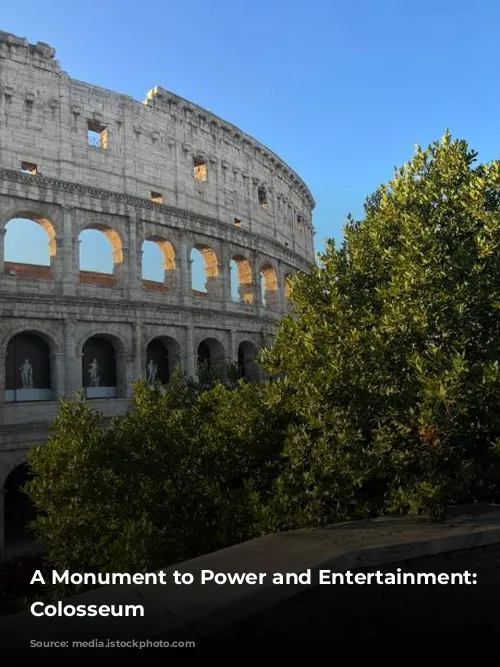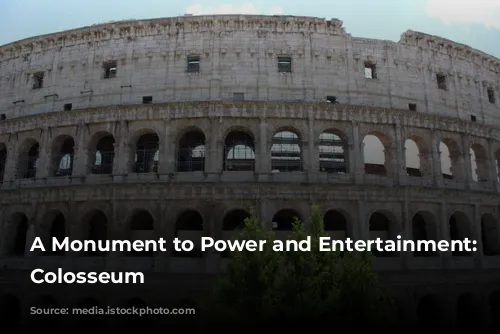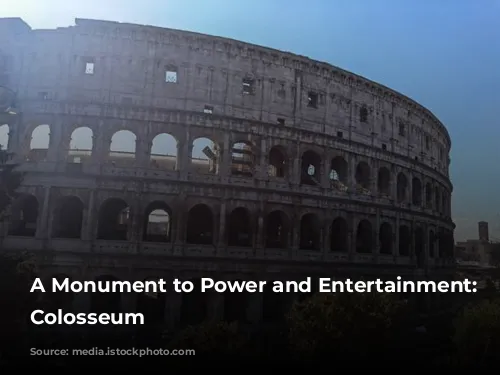The Colosseum, once known as the Flavian Amphitheater, stands tall as a symbol of ancient Rome’s architectural brilliance and engineering prowess. This iconic structure, built in the first century A.D., remains a testament to the Flavian Dynasty, a period of significant rebuilding and resurgence in Rome.
From Bloodsports to Architectural Wonder:
The Colosseum was more than just a venue for blood-sport entertainment involving gladiators, wild animals, and other spectacles. It served as a powerful symbol of the city’s revival after years of turmoil. The Flavian Dynasty, under the reign of Vespasian and his sons, Titus and Domitian, dedicated themselves to restoring Rome to its former glory. This dedication was evident in their extensive building programs, which included the Colosseum.
A Testament to Engineering and Architectural Innovation:
The Colosseum was a groundbreaking architectural feat, exceeding the scale and complexity of any previous amphitheater. Constructed primarily of concrete, travertine, marble, stone, and timber, it reached a staggering height of 157 feet, capable of accommodating an estimated 50,000 to 80,000 spectators.
A Legacy of Social Hierarchy:
The Colosseum was not only a monument to the Flavian Dynasty’s power, but also a reflection of Roman society’s strict social hierarchy. The seating arrangement mirrored this hierarchy, with the Emperor and the senatorial nobility occupying the best seats closest to the arena. Equestrians, who had risen in status through trade and bureaucracy, occupied seats above them, while the majority of the population, including women, foreigners, and the poor, were relegated to the uppermost sections.
Architectural Innovations and Construction:
The Colosseum was built with innovative techniques for its time, including a sophisticated drainage system to manage the water used in mock sea battles and a retractable awning to protect spectators from the elements. Its complex network of chambers and tunnels, known as the hypogeum, housed props, scenery, and participants.
Building the Colosseum:
While the exact cost of building the Colosseum remains unknown, scholars believe it was partly financed with booty taken from the raid of the Jerusalem Temple. While the conventional wisdom suggests that Jewish slaves captured during the Siege of Jerusalem provided the labor for the Colosseum’s construction, this claim is unsupported by historical evidence.
A Legacy that Lives On:
The Colosseum is not just a relic of the past, but a source of inspiration for modern stadiums. Its use of arches, elliptical shape, and organized seating system are all hallmarks of modern sporting venues.
The Colosseum stands as a testament to the power, artistry, and engineering ingenuity of the ancient Romans. It serves as a reminder of the Flavian Dynasty’s ambition and Rome’s enduring impact on civilization.

